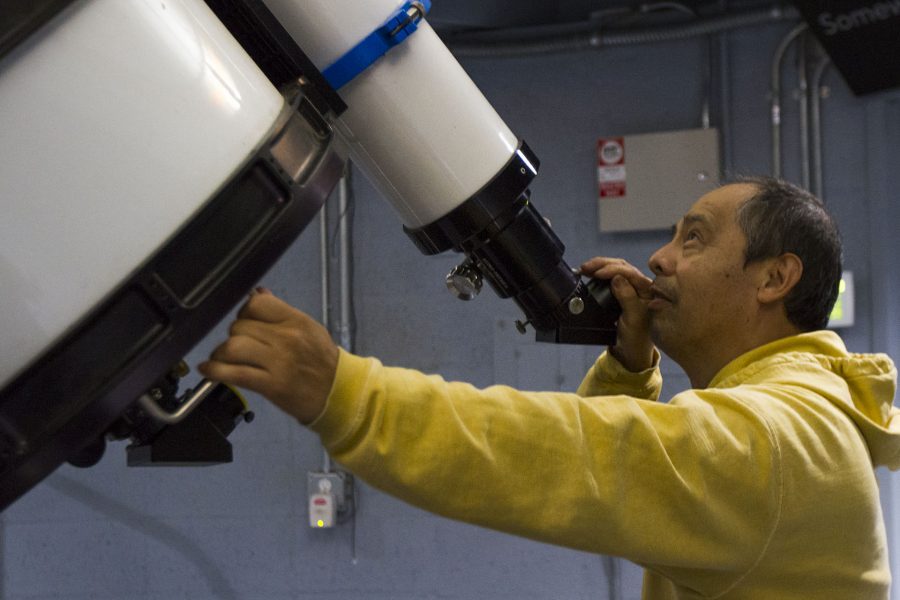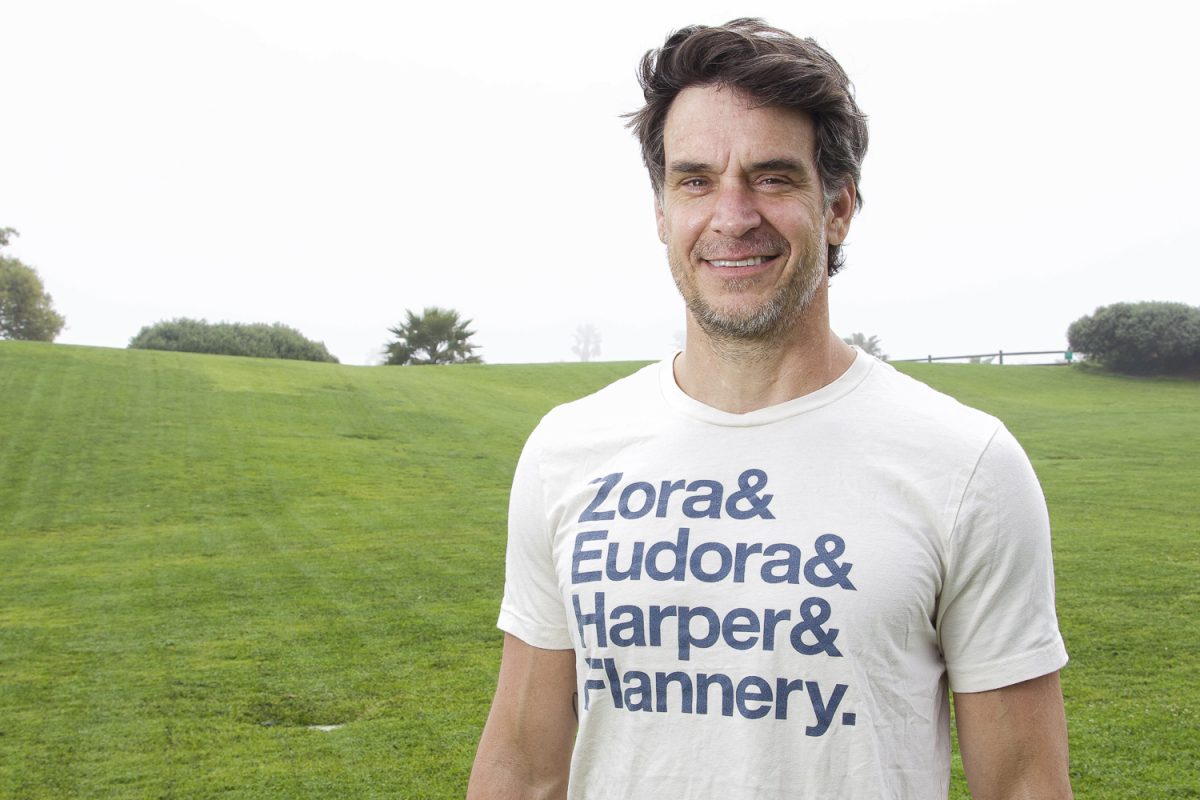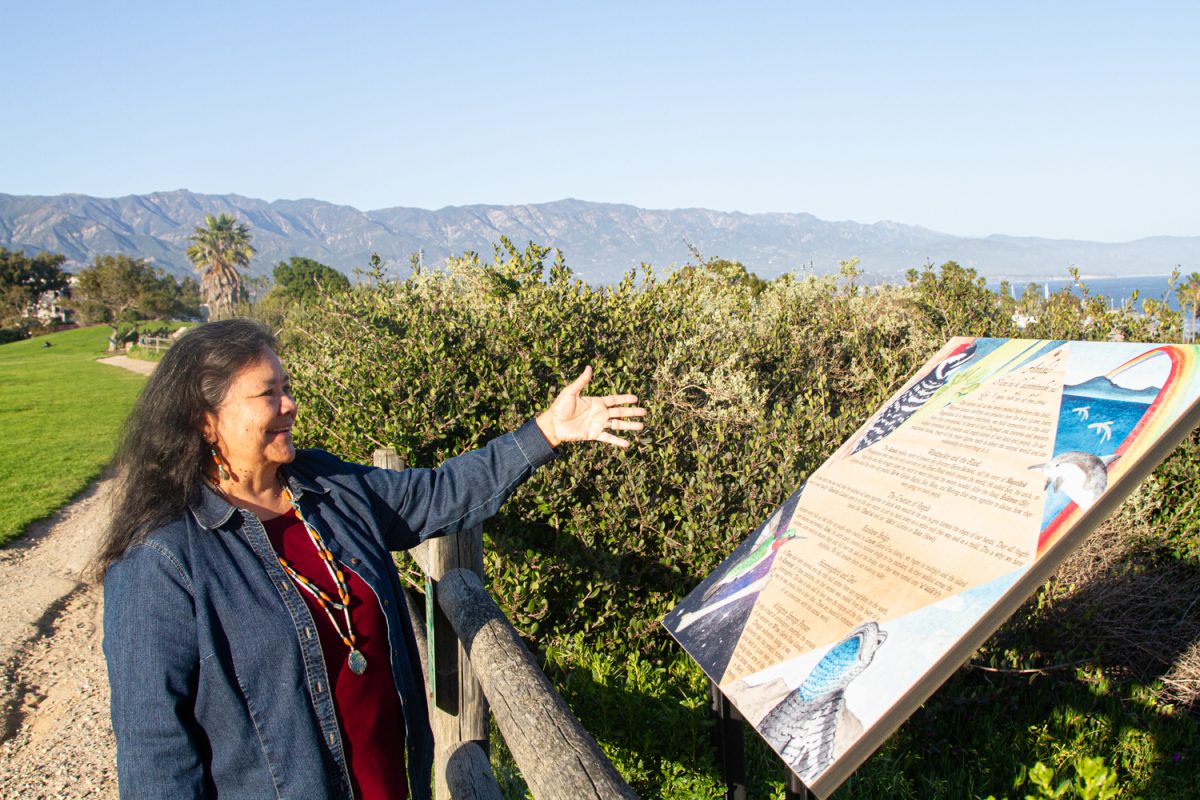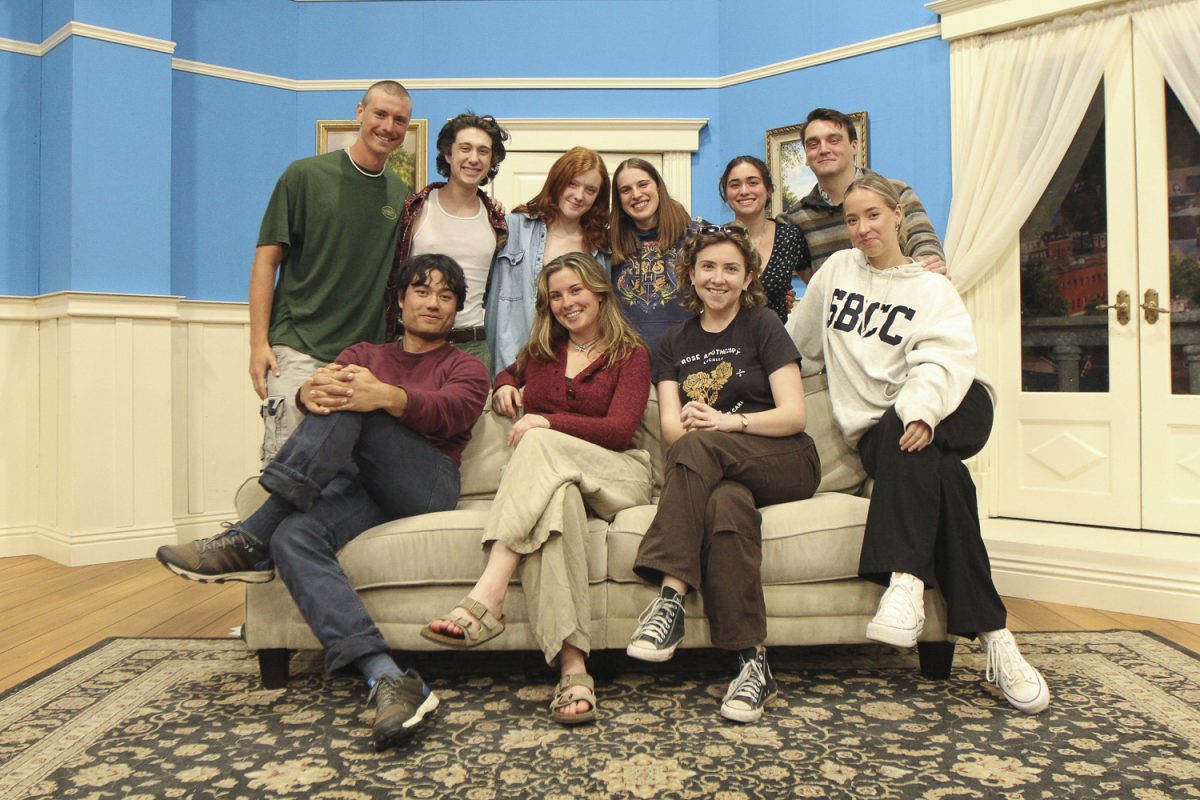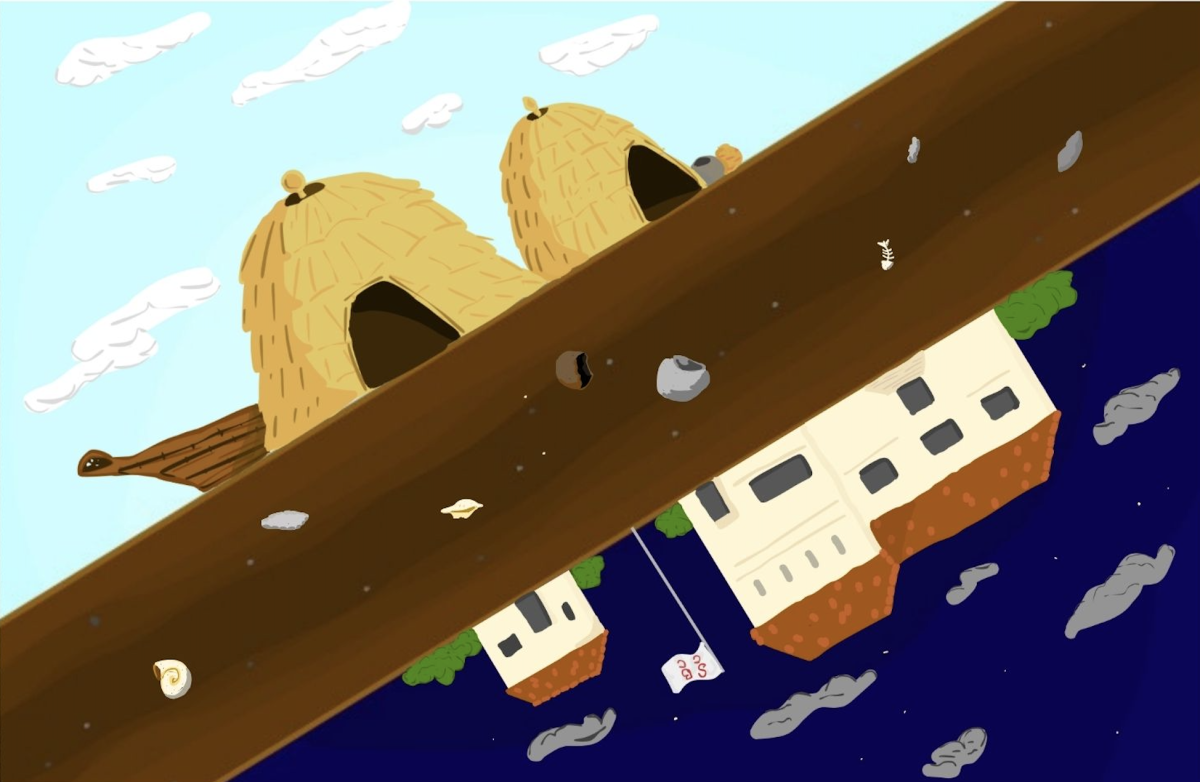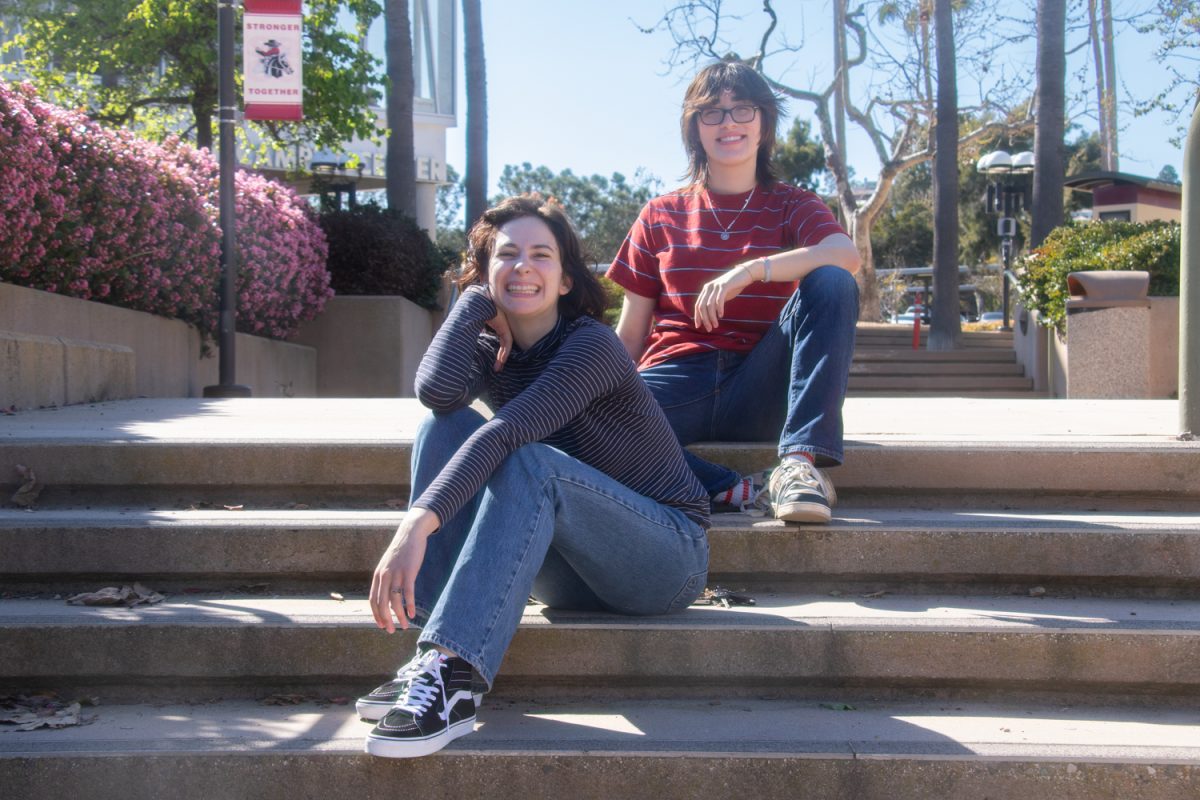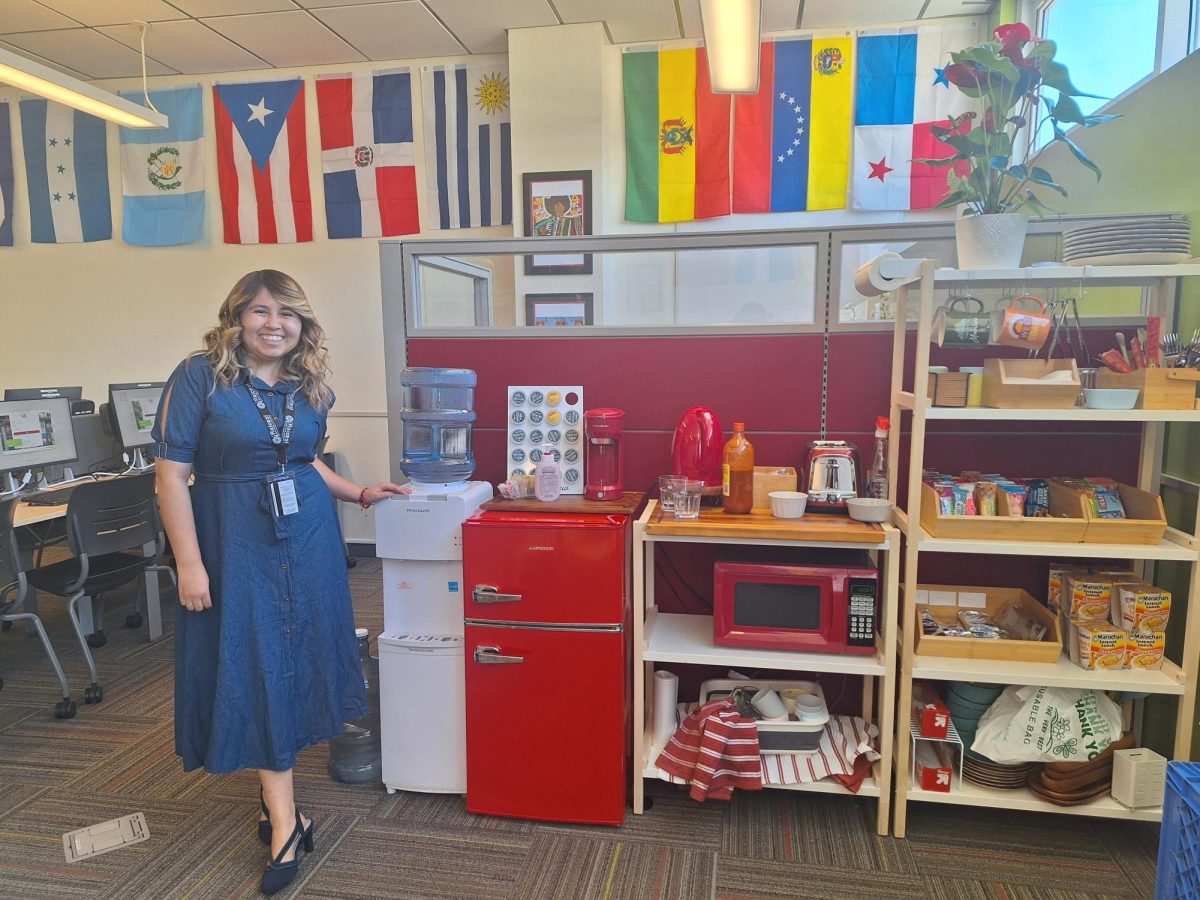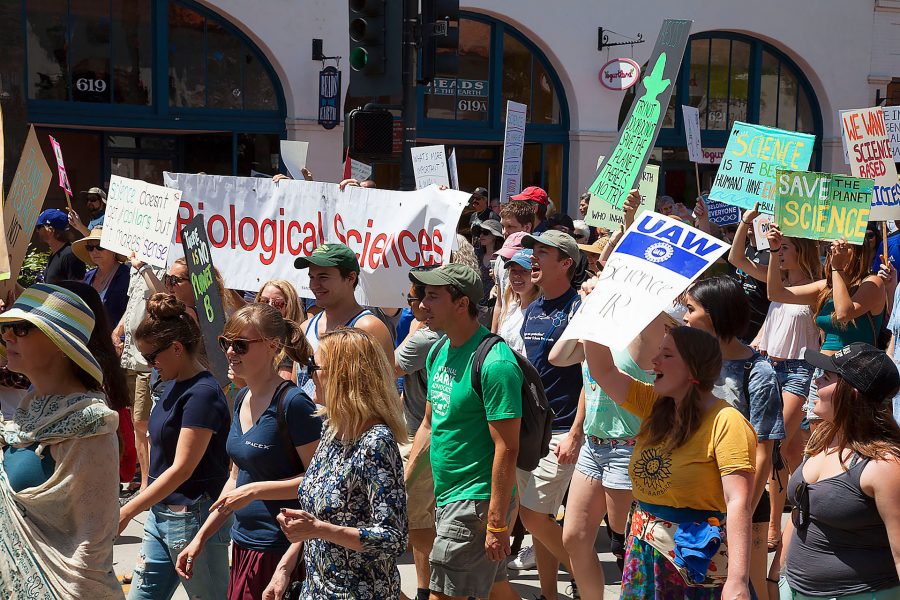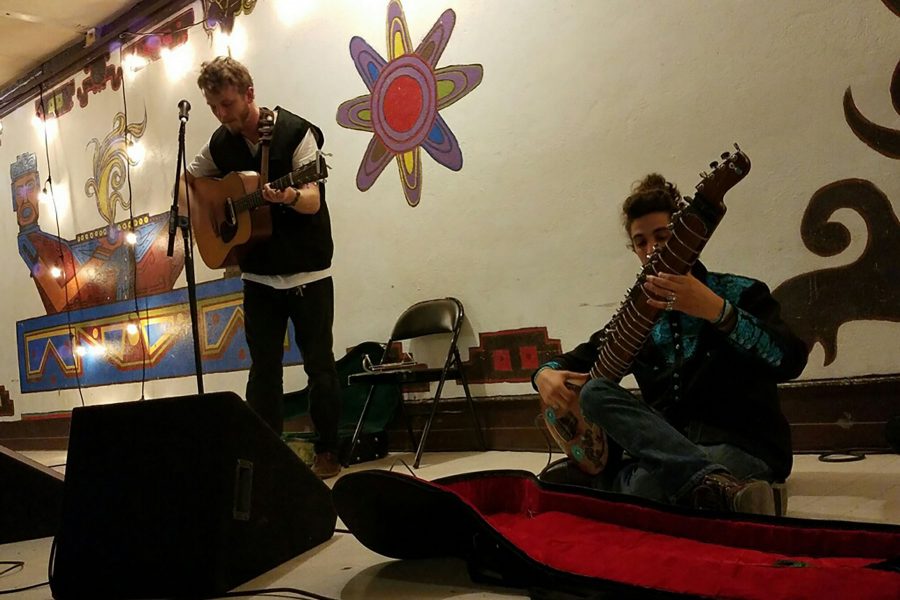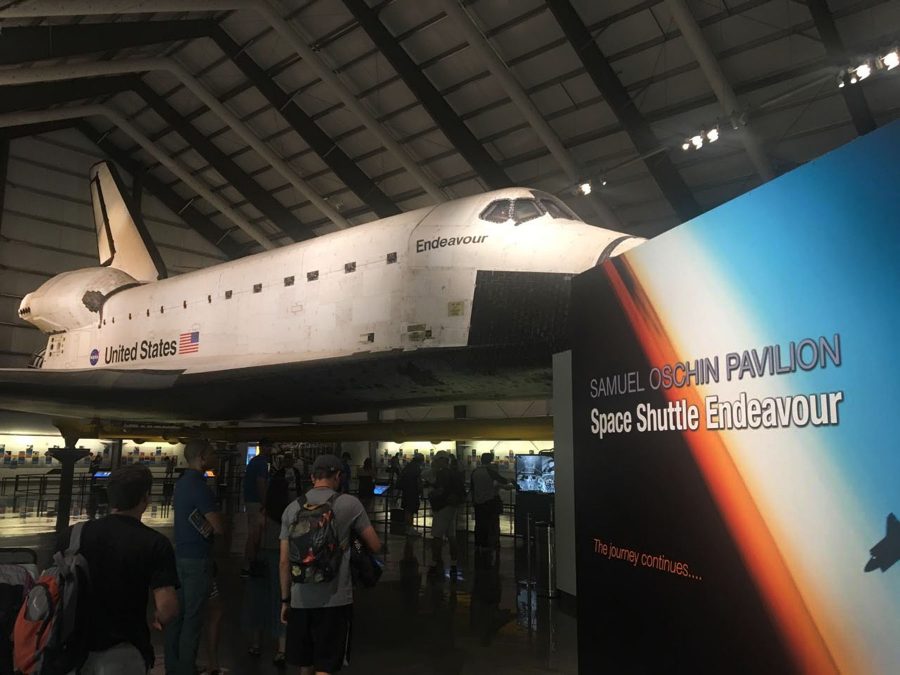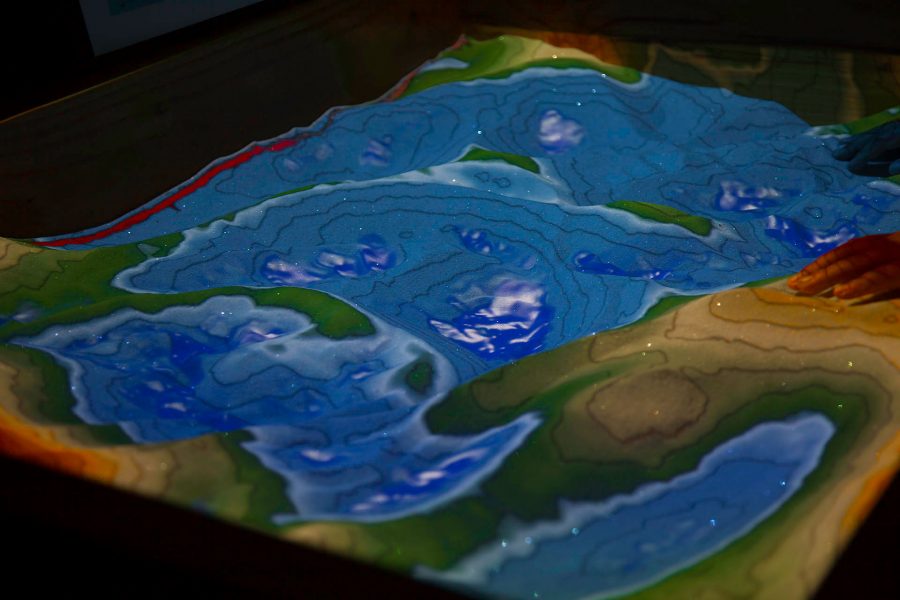“Who wants to see the Andromeda galaxy?”
Astronomy Instructor Sean Kelly focuses the telescope for students at City College’s “Star Party,” at the Santa Barbara Museum of Natural History for fun and some extra credit. Kelly tells students that Andromeda is the closest galaxy to Earth and at the center of it “there are more stars there than any other place.”
City College instructors and tutors have access to the museum’s Palmer Observatory for astronomy lab courses. The college has plans for research and advanced lab courses for next semester. Along the way, both amateur and advanced astronomers are seeing skies in a new scope.
The telescope Kelly used is a 20-inch Ritchey-Chretien RC Optical System telescope. The inches refer to the diameter of the mirror used in the telescope, and Ritchey-Chretien refers to the placement and design of the mirrors in the telescope.
In comparison, the Hubble Space Telescope is also a Ritchey-Chretien telescope.
“The benefit of a big telescope is you get to see dimmer objects,” said Kelly. “Instead of seeing a fuzzy little ball, you get to see all the individual stars.”
The Las Cumbres Observatory Global Telescope Network donated the telescope to the museum in 2007 and its installation was completed with the renovation of the Palmer Observatory in 2015.
The dome of the observatory was received in donation through City College’s Earth and Planetary Sciences department in 2011, according The Channels. City College has had access to the telescope since the end of August, said Associate Astronomy Professor Erin O’Connor
Ugo Tsimaratos, astronomy tutor, hopes to use the telescope to contribute to international catalogues for stars, which professional astronomers can use as a star-finding reference.
“I hope we get to work more outside of class,” he said. He wants to be part of larger astronomy research networks so that way “you feel like you’re part of a bigger contest with the rest of the world.”
Many students are enrolled in the astronomy class to fulfill general education requirements, said Mistea Salazar, a City College student who is currently taking the class.
But with the telescope, Salazar said, students can see impressive details of deep space objects. One of her favorite objects that she’s seen through the telescope is the Hercules Cluster, a globular cluster of over 200 stars held together by their own gravity.
O’Connor said he plans on using the telescope during the new advanced lab courses, which will begin this spring semester. The new courses will allow advanced students to practice astrophotography with the telescope.
Student Matt Topham is excited about the new advanced lab courses because they will allow him to improve his astrophotography.
“It’s one of those art and science cross points,” he said. “I find it extremely beautiful.”
Museum Star Parties and City College lab courses represent direct lines into the community.
Justin Canty, director of education at the museum, said he is happy with the completion of the Observatory.
“We have allowed it to be used as an educational resource,“ Canty said.


